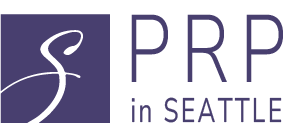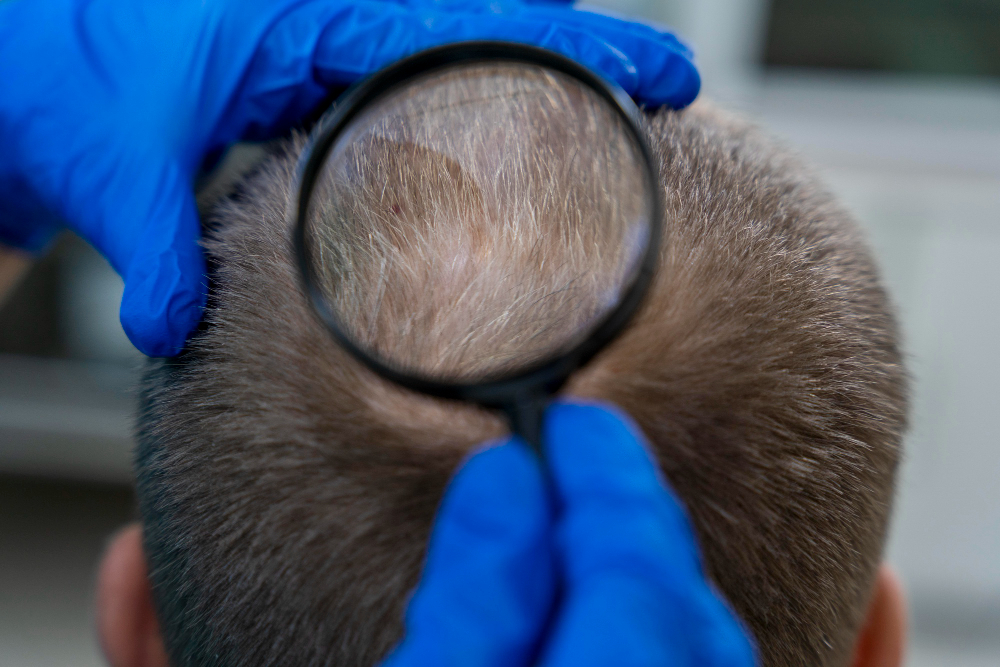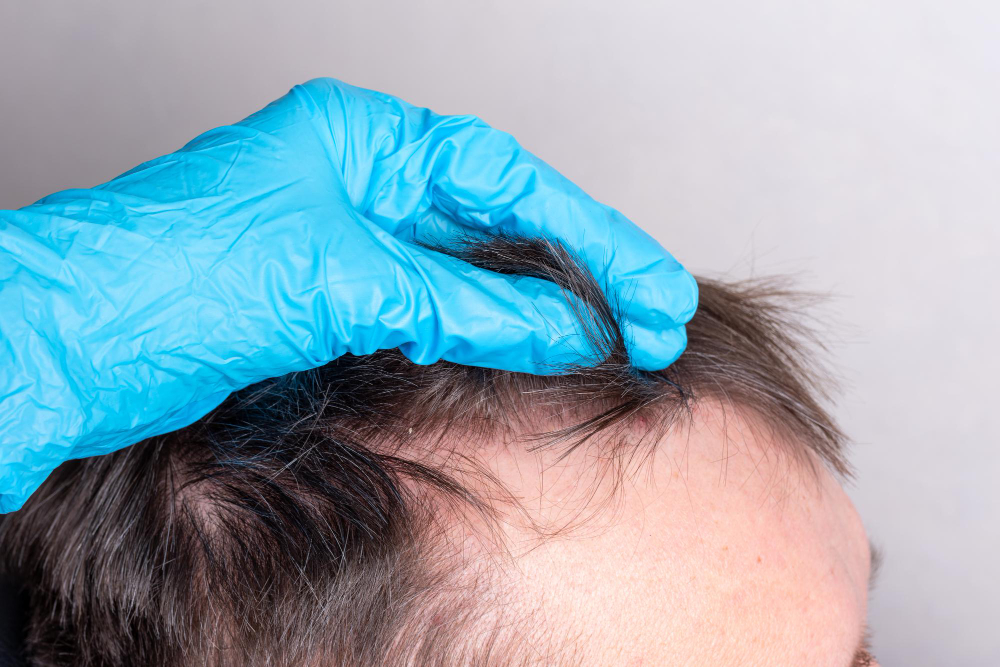Watching your hair gradually thin can be a source of stress, especially when every new product promises results that never seem to last. While traditional treatments are available, new regenerative techniques are opening up possibilities for long-term improvement. Among them, nano-fat has gained attention for its ability to naturally stimulate scalp rejuvenation using your body’s own tissue. In this guide, we’ll walk you through how nano-fat works and how it compares with standard options.
What is Nano-fat?
Nanofat Hair is a highly refined form of your own fat that’s mechanically processed into a liquid rich in regenerative cells and signaling factors. The technique was introduced in aesthetic medicine to support skin quality and scar remodeling, and it’s now being explored for scalp health and hair density.
How Nano-Fat Supports Hair Restoration
While protocols can vary by clinic, a typical session includes:
- Micro-harvest: A small volume of fat is collected, often from the abdomen or flanks, under local anesthesia.
- Mechanical processing: The fat is gently emulsified and filtered to create a liquid concentrate that contains regenerative cells and growth factors.
- Targeted scalp delivery: The nano-fat is injected with fine needles into thinning areas to condition the scalp and support follicle function.
Because nano-fat comes from your own tissue, the risk of incompatibility is minimized. The aim is to restore balance in the scalp and encourage stronger, thicker strands as follicles progress through their natural growth cycles.
Traditional Hair Treatments
Before regenerative options like nano-fat were available, most care pathways focused on stimulating follicles, reducing hormone effects, or redistributing hair. These remain valuable tools and can work very well in a combined approach.
Minoxidil (Topical and Low-Dose Oral)
Topical minoxidil is applied directly to the scalp to increase blood flow and extend the growth phase of the hair cycle. Low-dose oral minoxidil (LDOM) is a tablet option used under medical supervision. For selected patients, it can support global coverage and thicker shafts from within. We help you decide which form fits your goals and routine.
Platelet-Rich Plasma (PRP) Therapy
PRP therapy takes a small blood sample, concentrates the platelets, and returns the platelet-rich plasma to the scalp. Platelets release growth factors that can enhance follicle activity and circulation.
Hair Transplant Surgery
Surgical options relocate healthy follicles from stable donor areas to thinning regions. Techniques such as Follicular Unit Extraction (FUE) and Follicular Unit Transplantation (FUT) are designed to help you achieve natural coverage for advanced loss patterns.
How Nano-Fat Compares to Traditional Options
Traditional hair restoration treatments focus on stimulating hair growth, preserving existing strands, or redistributing follicles to areas of thinning. Nano-fat therapy, on the other hand, works at a biological level. By targeting scalp health and strengthening the environment around the follicles, it helps encourage natural, long-term regrowth from within.
Nano-fat can also be combined with other proven treatments like PRP therapy to enhance overall outcomes. This combination of regenerative and traditional approaches supports both follicle vitality and scalp health, offering a comprehensive solution for stronger, thicker, and healthier hair.
Who Is a Good Candidate for Nano-Fat Hair Restoration?
Nano-fat hair restoration can be a good choice for individuals seeking a natural and regenerative solution to thinning or hair loss. Ideal candidates are typically those who:
- Experience mild to moderate hair loss or thinning.
- Struggle with ongoing thinning despite using topical or oral treatments.
- Want to encourage natural hair growth.
- Aim to strengthen existing hair.
- Wish to increase hair density.
- Are noticing a receding hairline.
- Want to address early stages of alopecia.
During a consultation, your provider will evaluate your scalp, hair pattern, medical history, and goals to determine if nano-fat is suitable for you.
What to Expect During a Nano-fat Session
The Nanofat Hair Restoration process is efficient and minimally invasive, usually taking an hour or less. A small amount of fat is collected through liposuction, purified, and then re-injected into targeted scalp areas as a concentrated stem-cell treatment. Patients often report minimal discomfort and can resume normal activities shortly after. Mild swelling or bruising may appear for a few days, but this typically resolves quickly.
To promote optimal healing, patients are advised to avoid strenuous exercise and protect the small liposuction sites during recovery. Your provider will guide you through every step of aftercare to ensure your comfort and the best possible results.
Explore Your Personalized Hair Restoration Plan in Seattle
At PRP in Seattle, your journey begins with a detailed consultation focused on your safety, comfort, and results. During this visit, your provider will carefully assess your hair loss pattern, scalp health, and overall suitability for nano-fat therapy. If nano-fat hair restoration is the right option for you, we’ll design a personalized treatment plan tailored to your goals. Once you’re ready to begin, your provider will guide you through every step of the process, from preparation to treatment and aftercare. Call us today at (206) 279-2112 to schedule a consultation.


